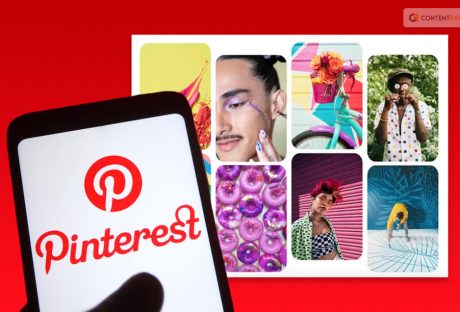In a recent development, tech giant Apple has agreed to pay a substantial $25 million to settle a 2019 class-action lawsuit, accusing the company of misrepresenting its Family Sharing feature. Despite Apple denying any wrongdoing, the settlement addresses allegations that the company falsely portrayed the capability to share app subscriptions within family groups.
Apple’s settlement case is making headlines following Facebook. The lawsuit contended that a significant portion of subscription-based apps, a growing segment on the Apple platform, couldn’t be shared among designated family members, contrary to the representation made by Apple. Court documents revealed that these apps were exclusively available to individual users who downloaded and subscribed to them.
The court documents emphasized, “The vast majority of subscription-based apps, which is a growing percentage of Apple Apps, cannot be shared with designated family members.” This revelation challenges Apple’s previous assertion and sheds light on a potentially misleading practice.
Furthermore, the documents highlighted that despite the awareness that subscription-based apps did not support Family Sharing, Apple continued advertising these apps’ features. This advertising strategy may have led millions of consumers to download subscription-based apps, assuming they were shareable within family groups, only to discover otherwise after making payments.
While settling the lawsuit, Apple maintains its denial of misrepresentation or wrongdoing. The $25 million settlement resolves the class-action suit, concluding the legal dispute over the Family Sharing feature.
This development raises questions about the transparency of subscription-based apps on Apple’s platform and the need for clearer communication between the tech giant and its users. As the landscape of app usage evolves, consumers may become more vigilant about the representations made by tech companies, ensuring that advertised features align with actual functionalities.
This settlement serves as a reminder for consumers and tech companies to maintain transparency and accuracy in representing features and functionalities, fostering trust in the dynamic world of digital platforms.
Read Also:






















